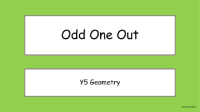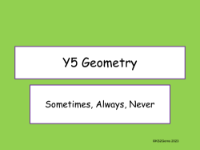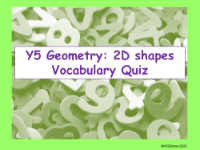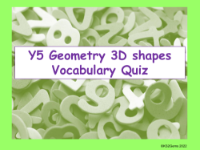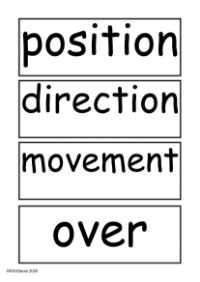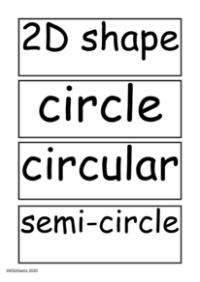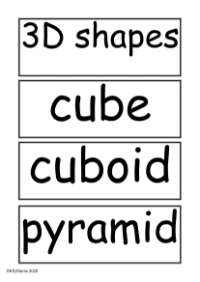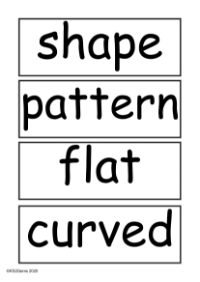Vocabulary - Pattern and Symmetry
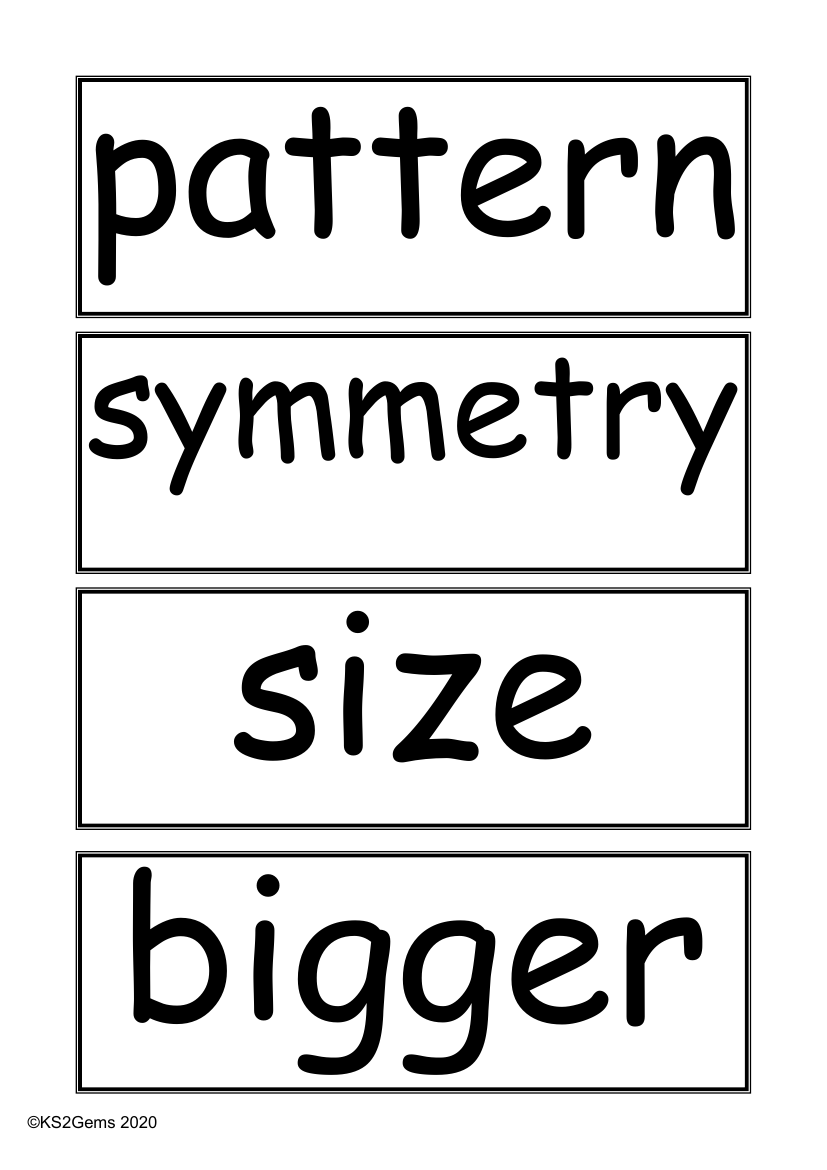
Maths Resource Description
The key concepts of pattern and symmetry are essential elements in the KS2 curriculum, encompassing a range of vocabulary that helps students to describe and understand the properties of shapes and designs. Terms like 'pattern' refer to a sequence or design that is repeated, while 'symmetry' indicates a balanced and proportionate similarity between two halves of an object or design. When discussing the size of objects, words such as 'bigger', 'larger', and 'smaller' are used to compare dimensions, and 'symmetrical' describes an object that is identical on both sides of a dividing line.
Understanding symmetry involves recognising a 'line of symmetry', which is the line that divides an object into two mirror-image halves. This concept is further explored with activities involving 'folding' to see if both sides 'match', and using a 'mirror line' to demonstrate symmetry. The term 'mirror' itself is crucial, as it relates to the reflection of an object, which leads to the concept of 'reflection' and the verb 'reflect'. Students also learn about 'repeating patterns', which are sequences that occur over and over again, and 'line symmetry', which refers to the presence of symmetry along a line. Additionally, 'translation' describes the movement of a shape to a different position without changing its appearance, while 'axis of symmetry' and 'reflective symmetry' further describe the symmetrical properties of shapes.
